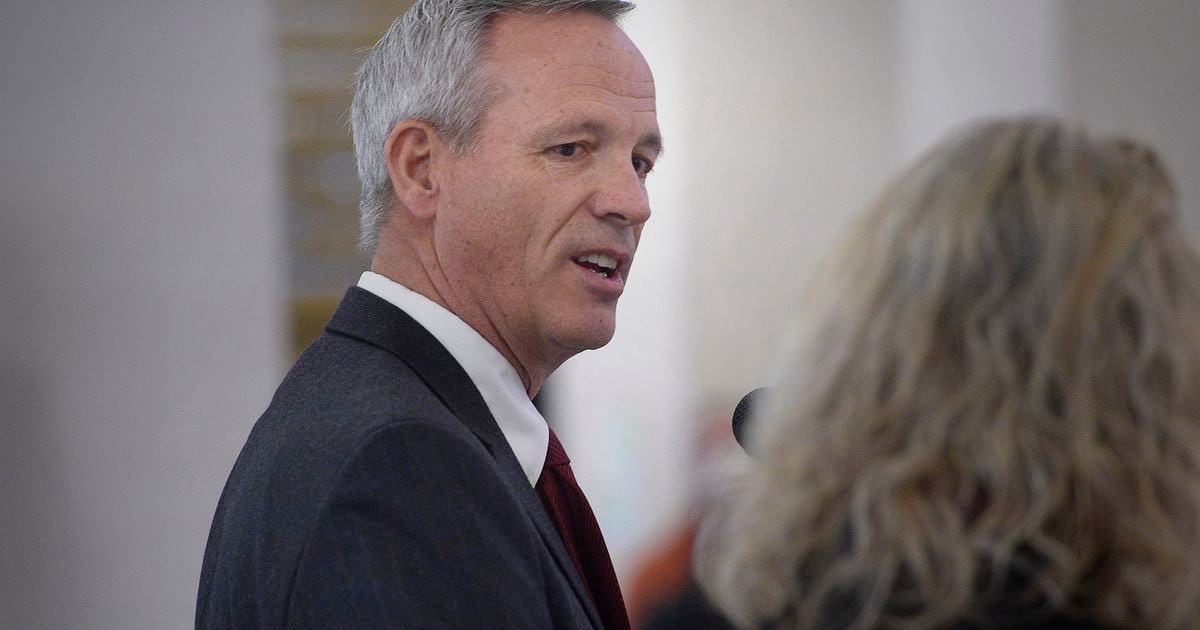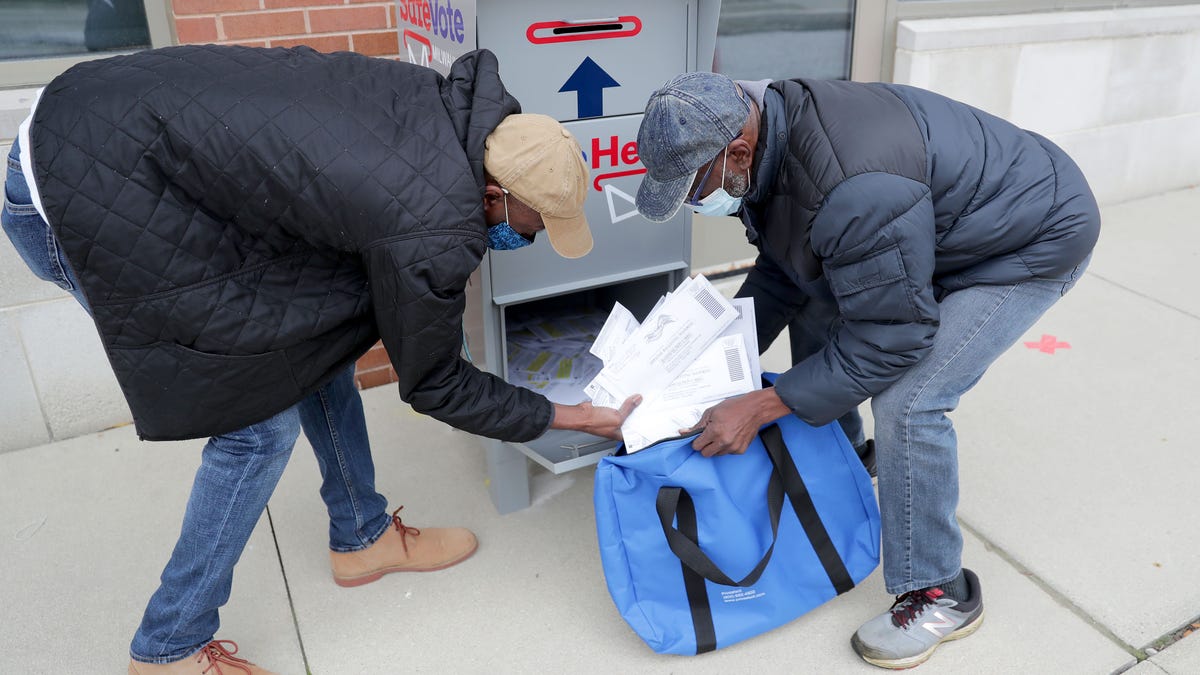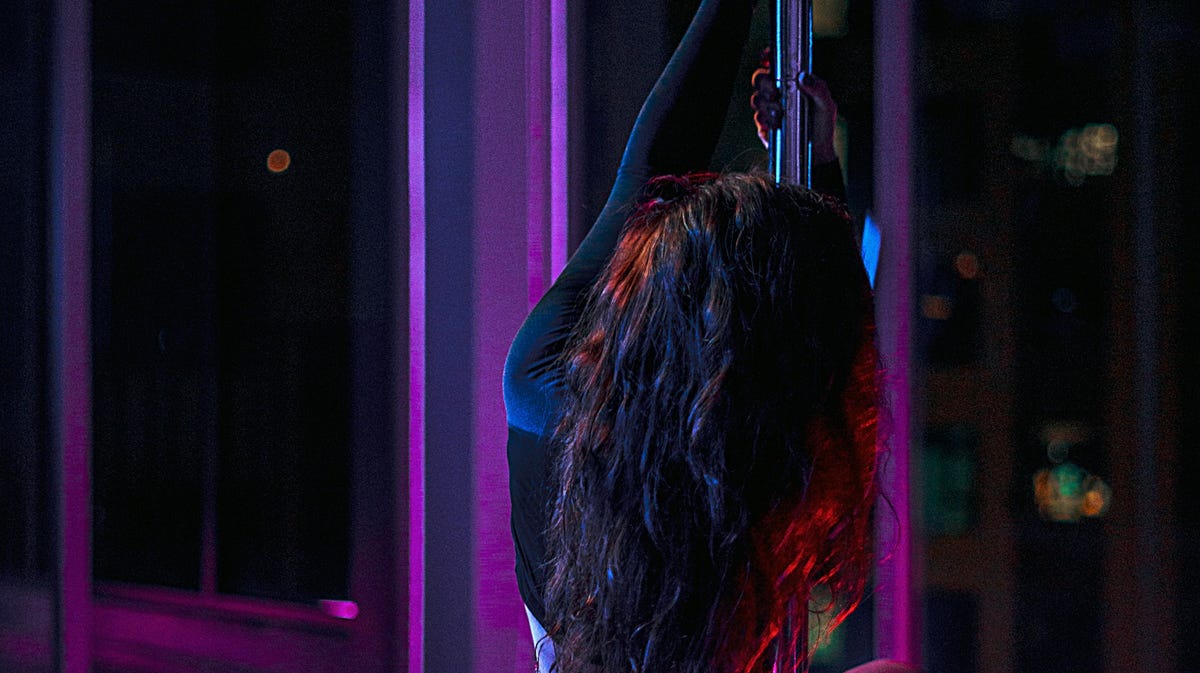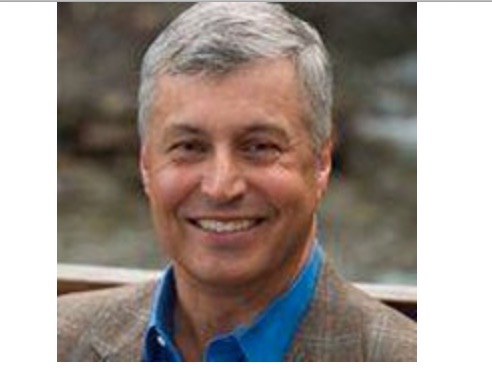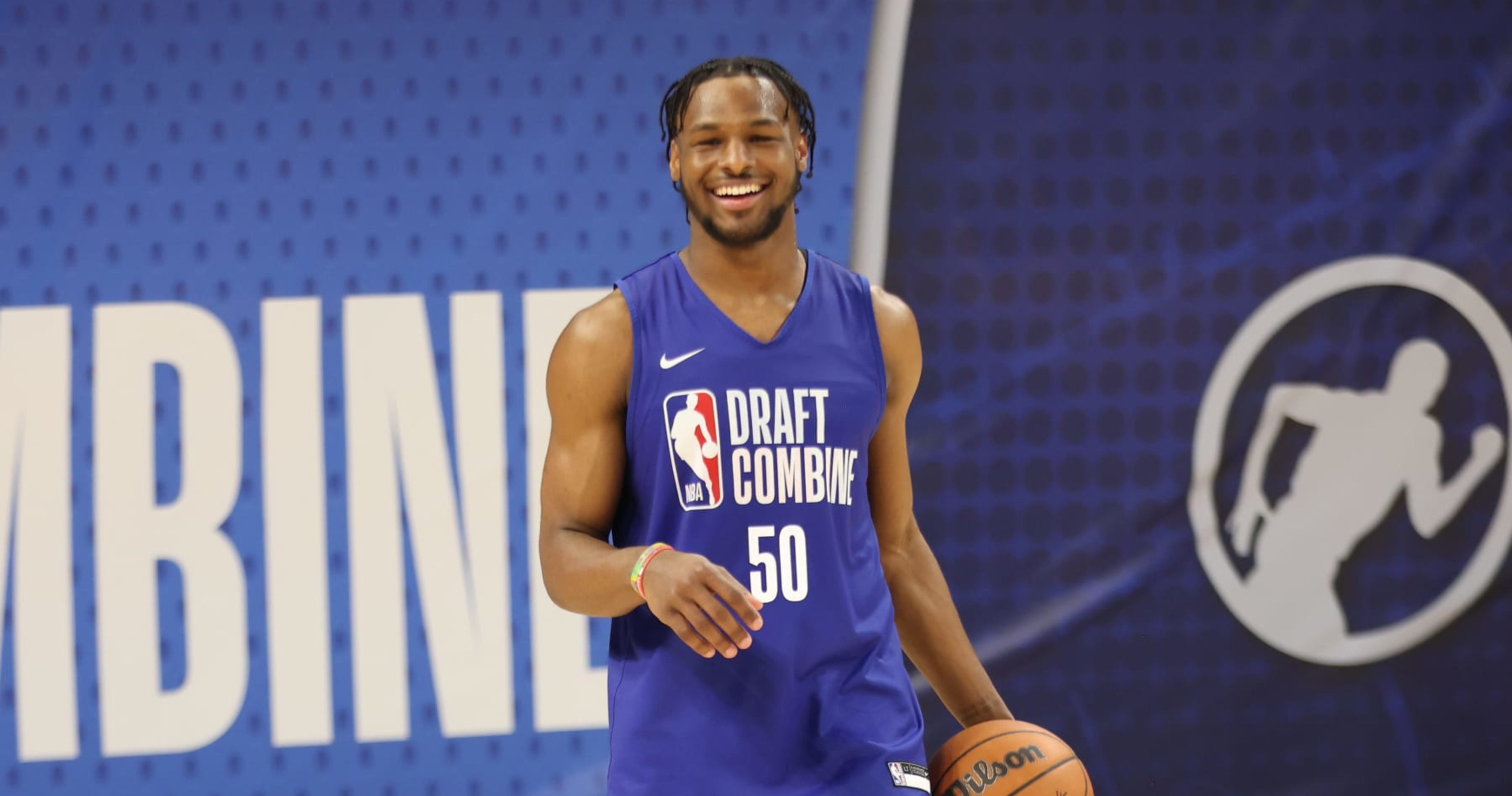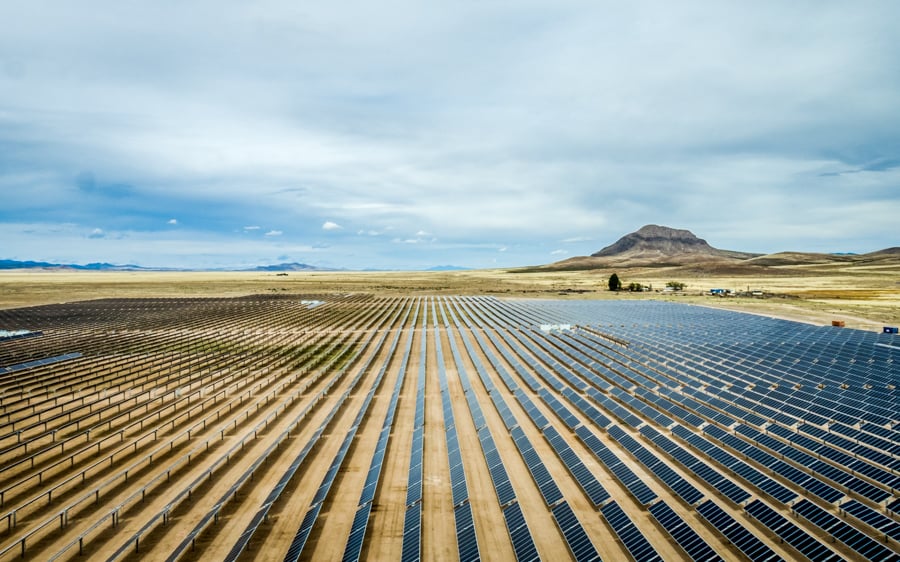Utah taxpayers could pay as much as $50,000 a year to an organization — led by state Rep. Ken Ivory — aimed at creating the framework for a constitutional convention to debate new amendments to the U.S. Constitution.
On Monday evening, Rep. Kay Christofferson, R-Lehi, made the pitch to legislative leaders for the funding to support the Phoenix Correspondence Commission, a loose network of lawmakers interested in building momentum for states to call a national convention of the states to debate and propose constitutional amendments.
This type of convention of the states — known in the Constitution as an Article V convention — has never been done before.
To pull it off, legislatures in 34 states would have to call for such a gathering, the delegates from the states would have to agree on language for any amendment, and it would have to be ratified by legislatures in at least 38 states.
“If we’re going to get together as states and look at issues that are important to states, there’s really no venue to do that,” Christofferson said in a recent interview. “We want to say it’s good to maintain a discussion and contact, and work on issues that we think are important to states.”
The Phoenix Correspondence Commission (PCC) first met in Arizona in 2017 to hold a simulated convention with delegates from 19 states. Ivory, R-West Jordan, and Christofferson both attended from Utah, as did Senate President Stuart Adams, R-Layton. The delegates voiced support for a balanced budget amendment and proposed a set of potential rules for an Article V convention — if one becomes a reality.
Ivory was chosen as vice president of the PCC at that first convention and now is listed as the group’s president.
Since that first meeting, the PCC has been working toward having two delegates from each state — one from the House and one from the Senate — for a total of 100. They remain well short of that goal. As of Tuesday, the PCC’s website listed a total of 29 delegates, including Christofferson, who represents Utah. Three of the 29 are no longer legislators.
The group also appears to be trying to grow its financial base. Currently, according to Christofferson’s request, it has one part-time staffer, Executive Director Bruce Lee, a business coach from California. Christofferson said the organization would like to make that position full time.
“They’ve asked us to send $50,000,” Christofferson said. “Last year, we sent $5,000. I think we need to be in the game a little more than that.”
Ivory’s PCC role does not appear on his legislative conflict-of-interest disclosure — although it is unclear if it should. State law requires lawmakers to list paid leadership positions, as well as paid or unpaid positions on a group’s board of directors.
No decision was made Monday on whether to grant Christofferson’s $50,000 request for PCC membership. Those decisions would be made in the coming days as the Legislature puts together the final state budget.
Before Monday’s meeting, Adams said he was unaware of the request for PCC funding, “but it’s something I would be supportive of.”

